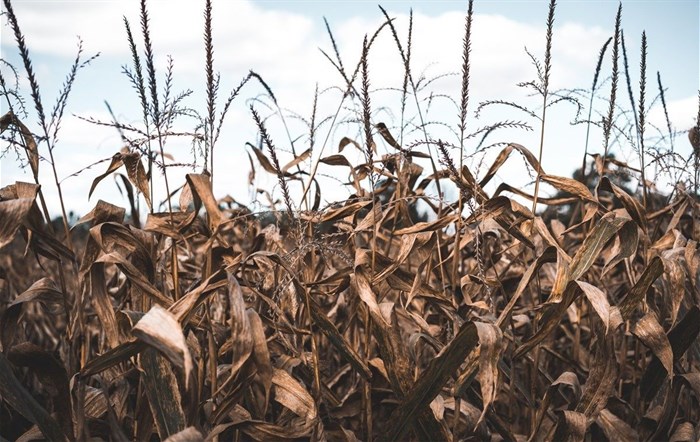39 countries hit by severe food insecurity

After a poor cropping season, 35% of the population of Cabo Verde are estimated to need food assistance, although these figures are expected to drop by more than half in the early summer with the onset of seasonal rainfall. Poor pastoral conditions in northern parts of Senegal are expected to push the number of people estimated to be in need of assistance there to 750,000, according to the quarterly report from FAO’s Global Information and Early Warning System (GIEWS).
Underscoring how persistent conflicts and adverse climate shocks are taking a toll on food security, no country exited the list, which comprises 31 countries in Africa, seven in Asia as well as Haiti.
Civil war and insecurity in Africa and the Middle East have resulted in high hunger rates, by displacing millions of people, often burdening neighbouring countries, and by preventing farmers from cultivating their fields. Poor rain conditions have hit cereal production prospects in South America and Southern Africa. Unfavourable weather conditions are also placing a heavy burden on pastoralists in West Africa, the report says.
The 39 countries currently in need of external food assistance are Afghanistan, Burkina Faso, Burundi, Cameroon, Cabo Verde, Central African Republic, Chad, Congo, Democratic Republic of the Congo, Djibouti, Eritrea, Ethiopia, Guinea, Haiti, Iraq, Kenya, Democratic People's Republic of Korea , Lesotho, Liberia, Libya, Madagascar, Malawi, Mali, Mauritania, Mozambique, Myanmar, Niger, Nigeria, Pakistan, Senegal, Sierra Leone, Somalia, South Sudan, Sudan, Swaziland, Syria, Uganda, Yemen and Zimbabwe.
Conflict and erratic rainfall
FAO's latest forecast for world cereal production in 2018 foresees a 1.5% annual drop from the record high realised the previous year, but the decline is larger in some areas, notably South and North America and Southern Africa.
Conflicts have choked agricultural activity in swathes of Central Africa, notably in the Central African Republic and parts of the Democratic Republic of Congo, where access to food is further hindered by surging inflation. Conflicts in Nigeria and Libya have led to less demand for meat – one reason behind the drastic drop in incomes for many pastoralist households in the Sahel region, where grazing and water resources are already strained and the ongoing lean season is expected to last longer than usual.
Meanwhile, recent rains point to cereal production gains in East Africa after consecutive seasons of drought-reduced harvests. However, recent abundant rains triggered flooding in Somalia, Ethiopia and Kenya, displacing about 800,000 people. In contrast to the trend in the sub-region, staple food prices are high and rising in Sudan and South Sudan, affecting access to food and intensifying food insecurity risks.
The number of severely food insecure people in South Sudan is expected to rise - in the absence of humanitarian assistance - to 7.1 million people during the current peak of the lean season (June-July).
Harvest trends in Asia
The 2018 cereal harvest in Asia is forecast to remain close to last year's record level - with aggregate paddy output reaching a new record high - with recoveries in countries affected by unfavourable weather conditions during the previous season, including Bangladesh, Viet Nam, the Democratic People's Republic of Korea and, to a lesser extent, Sri Lanka.
Wheat outputs in India and Pakistan are projected to rise further, thanks to favourable cropping conditions.
Favourable weather will not be enough to boost crop production in war-afflicted areas, as chronic conflicts continue to impede access to fields and farming inputs in Iraq and Syria, where this year's harvests are expected to decline further.
Related
Pick n Pay's fight against hunger in South Africa 15 Oct 2024 Mandela Rhodes Foundation 2024 Äänit Prize winners announced 18 Sep 2024 Mass potato donation provides staple for over 5 million meals countrywide 21 Jun 2024 Almost 50% of adult South Africans are overweight or obese. Poverty and poor nutrition are largely to blame 14 Jun 2024 SA Harvest receives R1m from H&M for fight against hunger 17 May 2024























